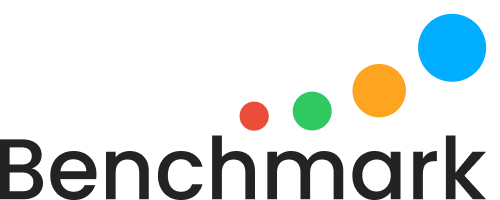It is time to suit up for remote work.
For the first time in the history of work, we have an overwhelming majority of the workforce operating remotely.
Federal and local jurisdictions continue to increase the lockdown duration, and the workplace becomes increasingly remote, bringing us to an interesting crossroad – we now have the opportunity to explore the true potential of remote work, judgments aside. Even the tech giants, who once very selectively (and often reluctantly) enabled remote working options for their workforce, now have a mandated work from home policy.
Remote working works
Over the past few weeks, one thing has become clear – remote working works. It might be a little choppy presently, but it is abundantly clear that remote working can become the new normal.
The future of work was going to be remote – the enterprise had been moving in that direction, albeit gradually. Technologies like cloud, mobile, and other tools and technologies like Software as a Service (SaaS) platforms, VPNs, video conferencing, and online collaboration tools, etc. have been ready enablers of the same.
The COVID-19 pandemic, seemingly, has just pushed the enterprise into the deep end of the remote working pool just as it was learning to swim in the shallow. And now that most organizations have experienced the remote bug, many see the value it can bring to the business. Somehow, the virus seems to have compelled the enterprises to question the way we work on a high level. It is somehow looking like a trial run for implementing remote working on a big scale.
Get ahead in the talent wars
It has been long established that remote working and flexibility are valuable arrows that attract talent and help prevent attrition. With the entire world getting a taste of the remote working experience, this will become a stronger bait to attract key talent in the post-COVID era.
Organizations across the globe are battling a talent crunch. New technologies are demanding a surge in talent. However, the demand and supply game remain skewed.
The world of software development, for example, is in a state of constant flux. Technologies keep evolving. Applications keep changing. Methodologies keep developing. However, having strong technical skills and strong delivery capability is essential to staying ahead of the curve. As solutions and products, especially niche products, become redundant fast, organizations need access to quality technical talent and delivery prowess to accelerate their go-to-market.
One of the greatest benefits of becoming borderless is access to talent. Organizations can remove the chains of geography that bind them and look at remote working and distributed teams as an access point for high-quality talent.
The cost advantages
The news of an impending economic slowdown and the reality of existing losses owing to the pandemic is not new. It is but natural for all organizations to look at ways in which they can optimize costs.
Enabling remote working and looking at a distributed team environment are a few ways in which costs can be optimized. Organizations can look at highly skilled and specialized tech talent from other locations at a significant cost advantage. They can look at extending their team by looking at outsourcing partners or staff augmentation and access tech talent according to scale without worrying about payroll, hiring, infrastructure, legal and administrative costs.
They are also absolved of shouldering the burden of the cost of a wrong hire – finding the right resource then is not the burden of the organization.
What will make remote working and distributed teams work?
As telecommuting replaces commuting and we position our gaze at the new world of work, we need to ask, “what is the silver bullet that will make all this come together?” What is the one key thing that will make sure that remote working and distributed teams deliver on the promise of cost optimization, greater productivity, better talent, and hence better products? The answer lies in ‘processes.’
At Benchmark, for example, we have been working in a remote + distributed team environment for a long time now. Over the years, we have fine-tuned and refined our processes to make them efficient and productive. From arranging our organizational structure to having empowered teams across the organization, decentralizing decision-making, providing greater clarity in roles and responsibilities – there is a process for everything. Establishing clear processes for software development, project management, system administration, and QA have helped us successfully service our clients over the years.
We realized the importance of processes and the fact that, like everything else, processes also have to be open to evaluation and evolution. For this, we follow strict process standardization and conduct yearly audits like Benchmark is an ISO 9001-2015 certification and ensure the quality and health of our processes.
Owing to COVID 19, organizations, perhaps for the first time, are being exposed to a new world of processes and technology adoption to keep businesses functioning. In doing so, a new realization is dawning – that remote working and distributed teams are a present-day reality but will be so for the future as well. Are you ready for that?
